What is the global biodiversity framework about and why does it matter?
Canada just hosted an international conference on biodiversity. But what is the global biodiversity framework about and why does it matter? James Pagé, Species at Risk and Biodiversity Specialist for CWF, shares his thoughts on this important topic.
1. What is the International Convention on Biological Diversity?
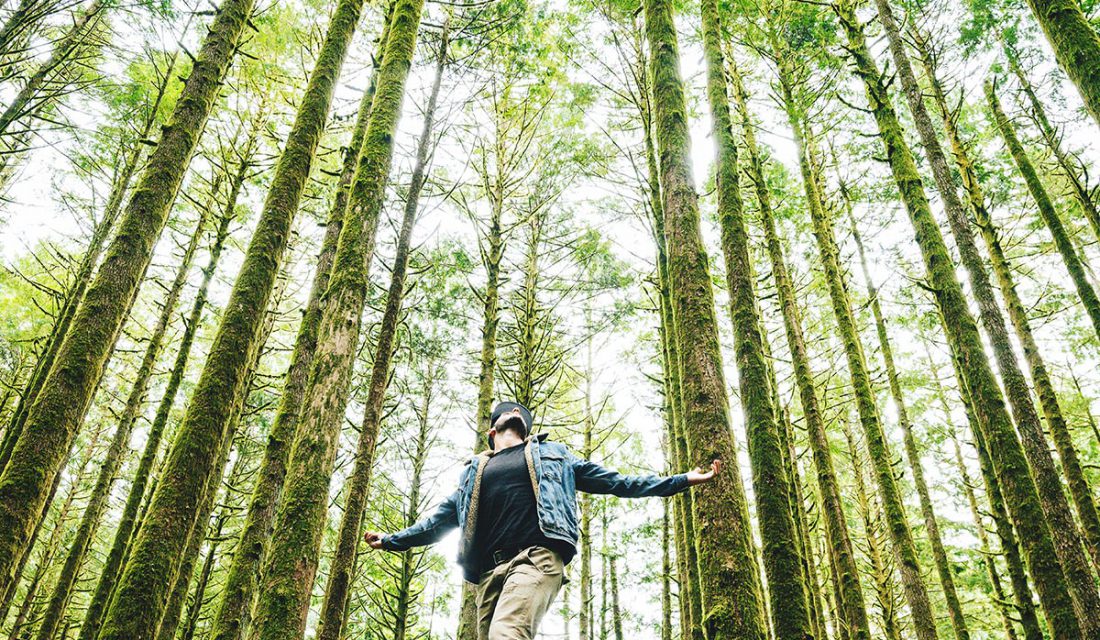
This global agreement was first signed by 150 government representatives at an Earth Summit in Brazil back in 1992. The three main goals are the conservation and sustainable use of biodiversity as well as the fair sharing of the benefits of natural resources. The Convention emphasizes how people are an integral part of, and rely on, biodiversity for food security, medicines, fresh air and water, shelter, and a clean and healthy environment. This is a step beyond focusing solely on plant and animal conservation. While world leaders have pledged to support these principles, biodiversity loss continues at a shocking pace, making renewed and enhanced efforts to halt and reverse this decline critical.
2. How is the Canadian Wildlife Federation involved in tracking Canada’s biodiversity?

CWF takes a lead role in science and education to conserve biodiversity in terrestrial, freshwater and marine environments. You may have heard of our work on pollinators, endangered bats, North Atlantic Right Whale, American Eel, Pacific Salmon, Monarch butterfly and freshwater turtles, but biodiversity encompasses every living thing, from the smallest and most cryptic species to the largest mammals like wood bison, and from city streets to wilderness reserves.
Biodiversity conservation at a national scale is a monumental task, but many hands make light work. To this end, CWF leads and manages the largest database of Canada’s biodiversity, harnessing the enthusiasm of more than 200,000 contributing Canadians.
In the last few years, Canadians have logged around 10 million wildlife observations on iNaturalst.ca or using the iNaturalist app, covering more than 34,000 species. The easy-to-use technology provides an instant field guide using image recognition software to identify a species, but also connects citizens with scientists online to build the national database of our biodiversity. Together we aim to grow in 2023 so that more of our biodiversity is documented to be used for conservation planning.
3. How can Canadians contribute to Canada’s biodiversity knowledge?
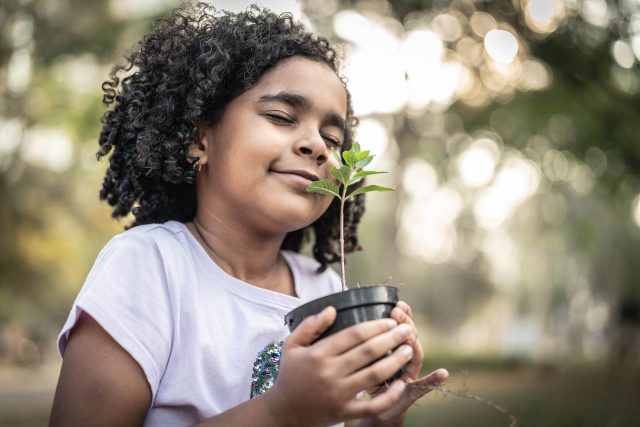
Humans and other species area a part of, and rely on, Canada’s biodiversity for food, shelter, clean water, flood control and climate change mitigation, among other things. But we can’t conserve what we don’t know about and Canada is such a huge country that scientists cannot possibly document and monitor all its biodiversity without the public’s help. Since iNaturalist is free, fun to use and helps people identify species, it’s a great way for Canadians to get involved. Throughout the year, the public can post their wildlife photos and sound recordings on iNaturalist.ca or through the app so scientists can track species across the country in all seasons and settings. Scientists and decision makers are using the data for crucial conservation work such as at-risk species assessments, delineating Key Biodiversity Areas and for Environmental Impact Assessments. With so many eyes on the ground, water and skies, new species have even been discovered in Canada. Winter is a challenge for many of us, but not all wildlife are hibernating, plus trees and lichens can be recorded all year round. And winter is a perfect time to go through old photos you may already have of wildlife to upload – they count too.
4. What do folks need to know to help document biodiversity?
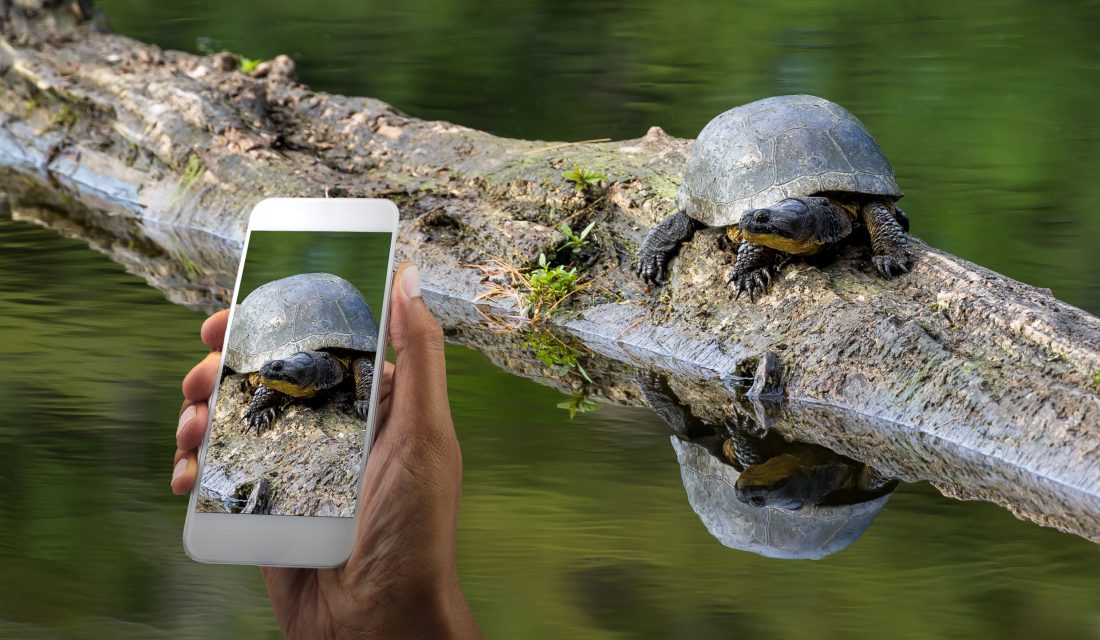
If you can take a picture, you can contribute to conservation. You don’t need to be a highly skilled photographer, but the photo does need to be in focus and taking multiple photos/angles helps others be able to identify it. The better your photo, the better your chances for other people and the image recognition software to accurately identify (or confirm) the species for you. For the most part a cell phone is all you need, but most importantly, the photo needs to capture key identifying features of the species, which means for certain things, like birds that tend to be farther away, a digital camera with a zoom may be better. To help you out, CWF has put together one-page illustrated guides that point out distinguishing characteristics to capture for birds, butterflies, turtles, plants and more. These can be accessed from the resources section of iNaturalst.ca. And don’t forget, you can also upload sound recordings, which are very helpful for birds and frogs.
5. What is at stake?
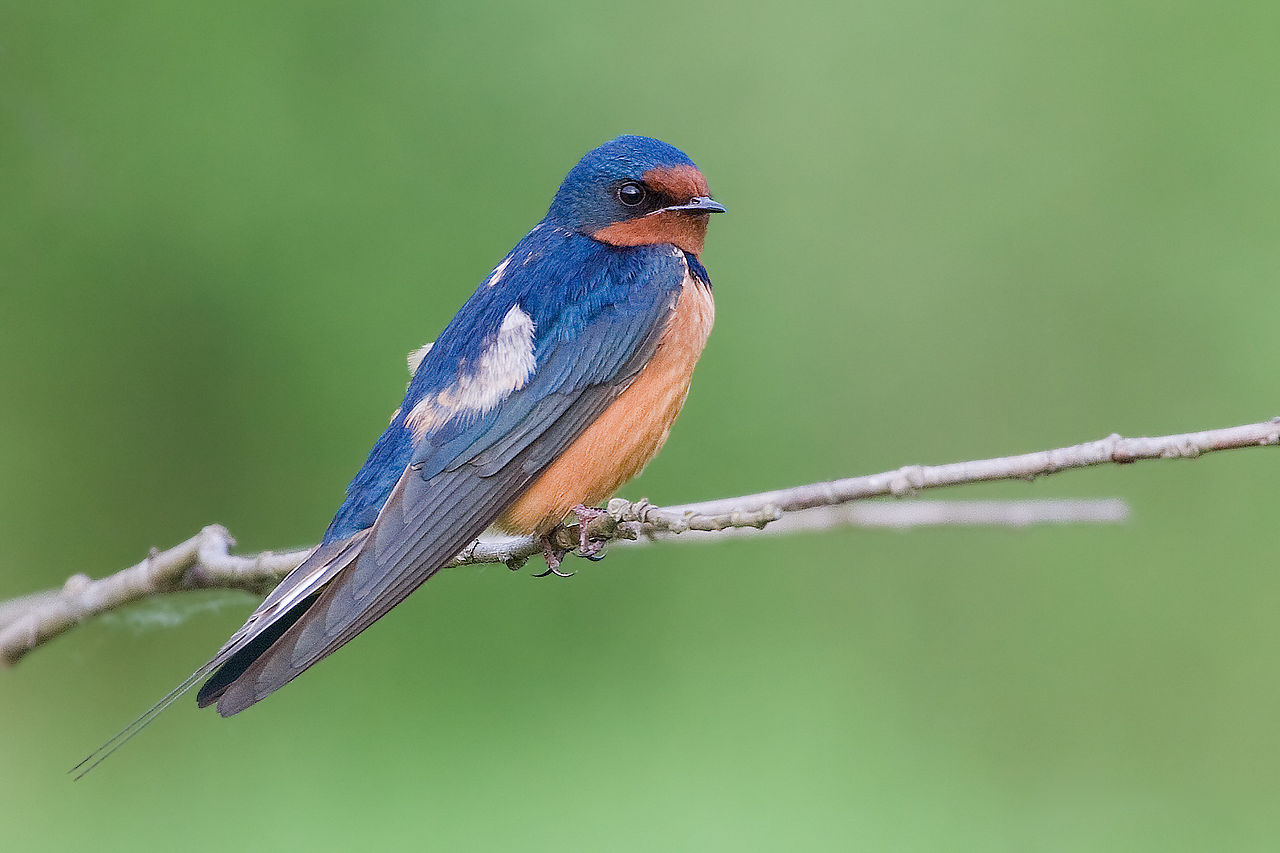
There is only enough data for about one-third of the species we have in Canada to determine how they are faring. What we do know about these species is half have declined over the last 50 years and more than 800 are considered species at risk.
That’s incredibly sad but it’s also very dangerous. Without biodiversity, our whole way of life is at risk. We rely on pollinators to produce 1/3 of the food we eat and bats that provide billions of dollars in agricultural pest control. We need healthy trees for oxygen and intact ecosystems for carbon sequestration and buffers to extreme weather events. Biodiversity loss is an environmental and social issue that affects the health of people and nature alike, from wildlife habitat being destroyed to communities losing access to food. By working together, we can reverse biodiversity loss, but it is going to take a vigilance from all sectors of society and a unified demand for strong government commitment.
CWF emphasizes solutions, such as sustainable agriculture, grassland conservation, restoring fish passage, providing new whale-safe fishing technologies, planting native wildflowers on rights of way, reducing pesticide use, supporting youth leadership, ensuring our communities are wildlife-friendly and conducting ongoing research. Thanks to our supporters and partners, biodiversity is becoming better understood, and we hope more Canadians embrace this chance to showcase biodiversity and help reverse species declines. Together we can do more for wildlife.



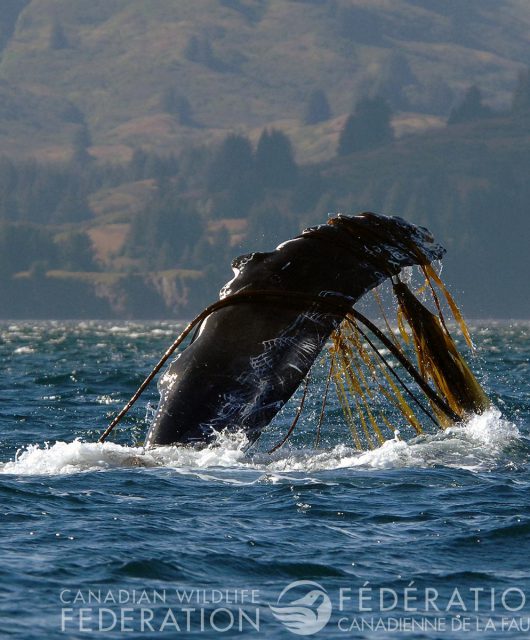

3 comments
This is fabulous but after reading this and knowing what the Ontario Premier has just done to it protected Greenspace for development when there are no proper eco systems studies and just short term views.
What is CWF doing to help stop this using your information and research?
The Ontario Government’s changes to more than a dozen environmental legislation and regulations were and are a serious concern to CWF. We submitted responses directly to the government voicing our concerns as well as teamed up with other conservation organizations to coordinate and amplify this message. There is precedent for this government to backtrack when facing public pressure, so we’ve been doing our best to encourage people to voice their concerns as well, such as this call to action: https://blog.cwf-fcf.org/index.php/en/ontario-more-homes-for-people-less-homes-for-wildlife/